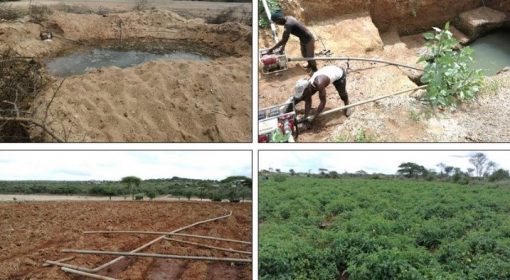Solutions to many environmental problems hinge on improving our understanding of processes occurring in what the U.S. National Research Council (2001a) has termed the “Critical Zone”: the heterogeneous, near-surface environment in which complex interactions between rock, soil, water, air, and living organisms regulate the natural habitat and determine the availability of life-sustaining resources. In many ecohydrological systems, particularly those in arid and semiarid environments, water dictates the dynamics of weathering, soil formation, biological activity and nutrient pools, and fluxes and transport in the Critical Zone.
More info: www.cuahsi.org
Produced by: Consortium of Universities for the Advancement of Hydrologic Science, Inc.
Year: 2004
Language: English

